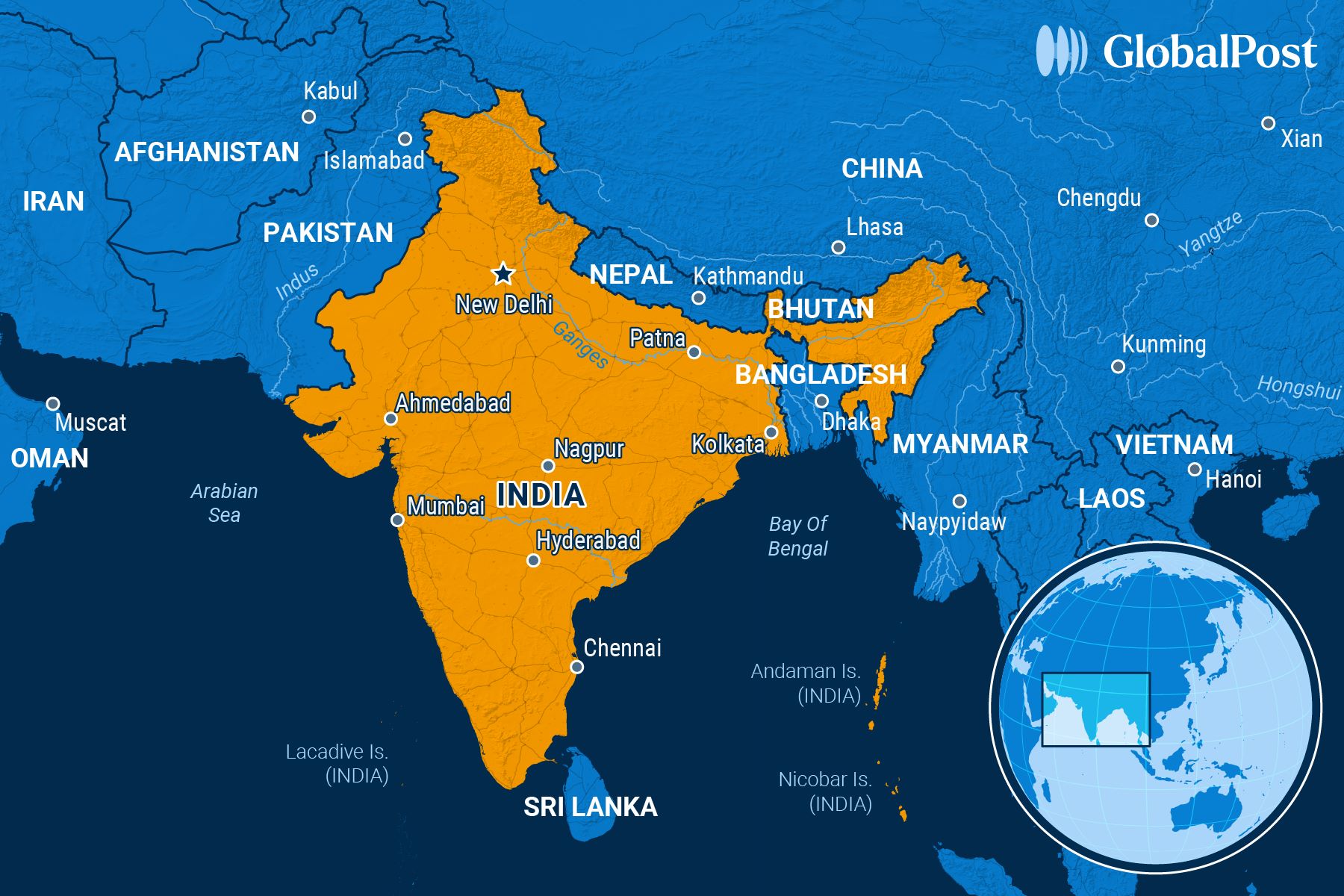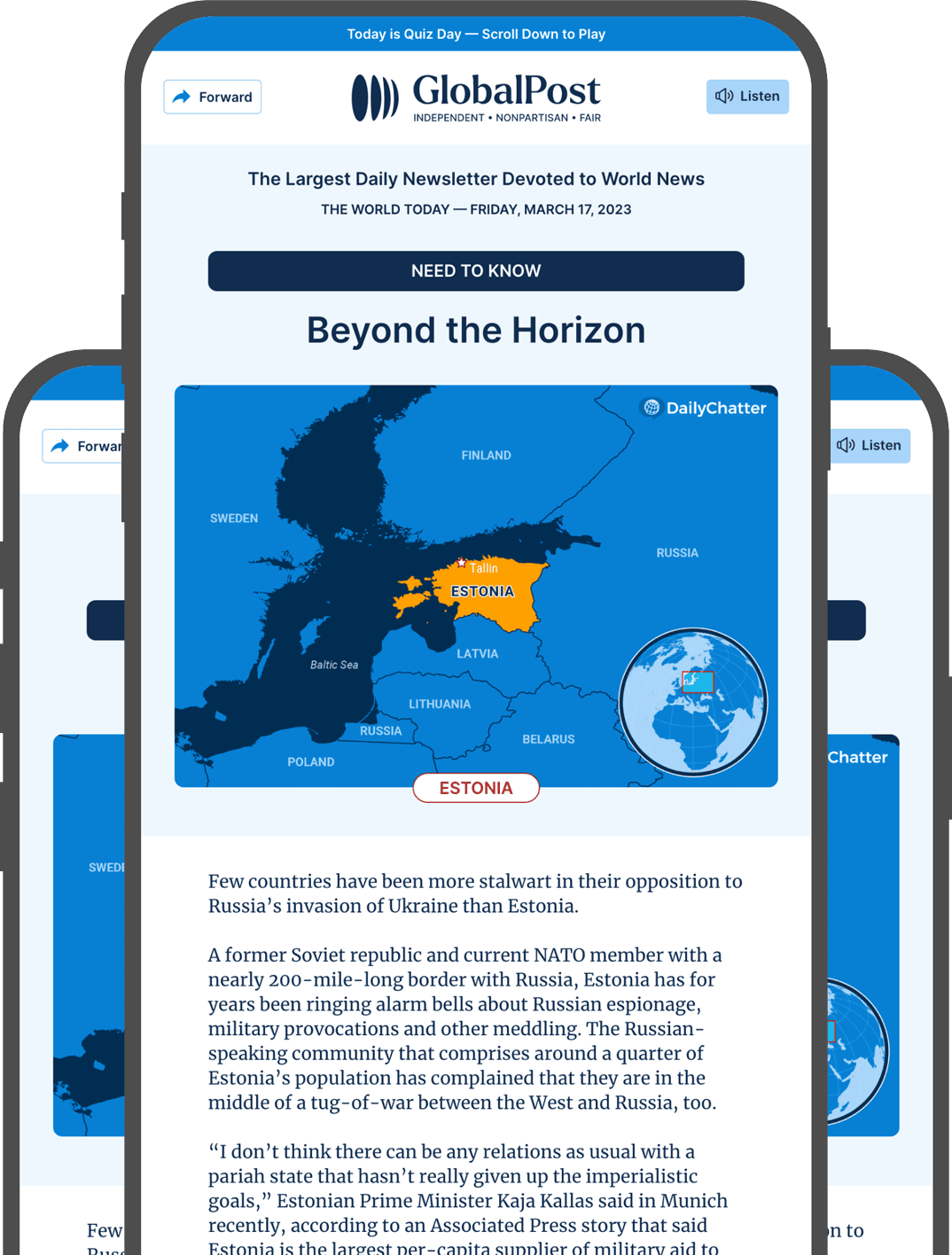By the Numbers: India To Include Caste in Census Setting Off Identity Politics Fight

In April, the release of a new Indian film about two 19th-century anti-caste activists was delayed following protests from Brahmin groups who said it defamed their communities.
As a result, India’s Central Board of Film Certification demanded changes to the film, Phule, which told the story of a married couple, Jyotiba and Savitribai Phule, who fought against the caste system and caste discrimination, the Independent wrote.
The film and the controversy around it underscore how the caste system, a hierarchical and hereditary social system that has governed Indian society for thousands of years, is still a very sensitive and tricky subject, as Phule director Ananth Mahadevan noted.
“This film does not exaggerate or fictionalize history,” he told the Times of India. “We (Indians) do not seem to have progressed – in fact, we seem to have regressed in many ways, despite many things that Jyotiba and Savitribai fought for…having been achieved…But caste discrimination continues to plague our society.”
The rigid system still dictates life for a majority of India’s 1.4 billion people, from what to eat to where to live, to whom to socialize with or marry, to what educational and professional opportunities are available.
At the top of the ladder are the Brahmins, or the priestly class, while at the bottom are the Indigenous tribes and the Dalits, once known as the “untouchables” before “untouchability” was outlawed in 1950.
For decades, the government has insisted that the caste system doesn’t belong in modern-day India.
However, in April, Prime Minister Narendra Modi announced that the upcoming census, delayed since the pandemic, would ask Indians about their caste identity for the first time since 1931, when India was still a British colony and the British counted Indians by caste.
After independence in 1947, the government then established specific categories of castes in the constitution, only specifically mentioning the lower castes, and using affirmative action and other policy tools to help them rise socially and economically. For example, it set aside a certain percentage of public jobs and educational slots for these groups. It also banned caste discrimination and stopped counting people by caste to promote unity and equality.
Now, however, the government said that counting caste will “ensure that our social fabric does not come under political pressure…This will ensure that society becomes stronger economically and socially, and the country’s progress continues without hindrance.”
The announcement set off shockwaves across the country.
Opponents argue that the nation should be trying to move away from these labels instead of reinforcing them with a census count. At the same time, upper castes oppose it because they are worried about losing their advantages in society, analysts say.
Meanwhile, the Dalits and others have been pushing for such a move for years, saying their communities are socially and economically marginalized, claims that studies confirm, analysts say. They want more attention and aid focused on their groups, and more jobs and educational slots set aside for them, and quotas expanded to private companies, and the judiciary.
And they want the violence against them to stop: The National Crime Records Bureau reports over 50,000 caste “atrocities” against Dalits every year.
Supporters say that collecting the data is important to account for population growth and social mobility within a caste.
“We are effectively flying blind, designing policies in the dark while claiming to pursue social justice,” Poonam Muttreja of the Population Foundation of India told CNN. “So, the next census is going to be a historical census – and this data will stare at people’s faces.”
“(It) forces the state to confront structural inequalities that are often politically and socially inconvenient,” she added.
Modi, like his predecessors, has long resisted including caste in the census. But the shock upset in the election last year changed his position: His Hindu-nationalist Bharatiya Janata Party (BJP) failed to win a majority in the legislature for the first time since 2014, partly because of rising discontent among lower-caste voters over the issue of caste.
Now, the BJP faces elections in November in Bihar, one of the poorest states in India, where caste is a major issue for voters, something the BJP is aware of, analysts say.
Bloomberg columnist Andy Mukherjee, a Brahmin himself, says regardless of the political motives, the caste census is necessary because caste is “the biggest obstacle to India’s embrace of modernity.”
“Discriminating against people based on who they marry and what they eat may have fitted the Rashtriya Swayamsevak Sangh’s 1925 vision of a Hindu nation-state lorded over by Brahmins (but) it’s a costly fantasy in a secular republic,” he wrote. “For people to discard this abhorrent marker, it’s important for the state to gauge it accurately.”

Subscribe today and GlobalPost will be in your inbox the next weekday morning
Join us today and pay only $46 for an annual subscription, or less than $4 a month for our unique insights into crucial developments on the world stage. It’s by far the best investment you can make to expand your knowledge of the world.
And you get a free two-week trial with no obligation to continue.
